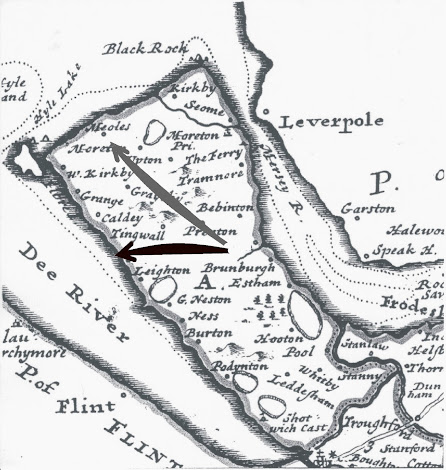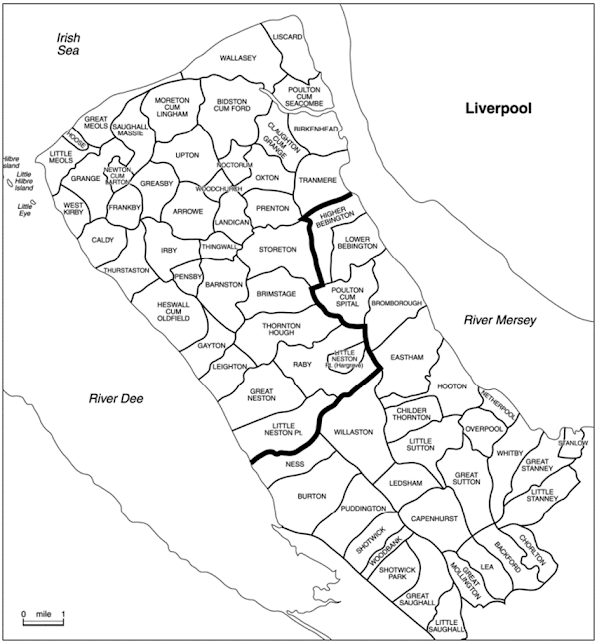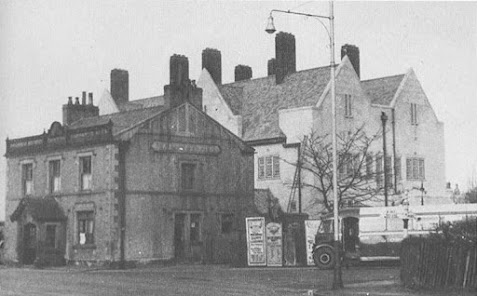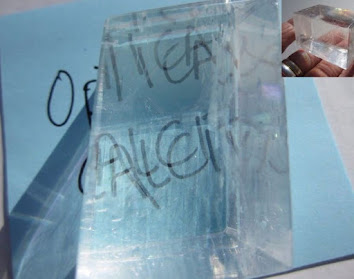The Wirral carrs & holms, Meols & their relevance to the Battle of Brunanburh (taken from the Journal of the English Place Name Society, 2007)

Above: Map of Wirral by Moll, 1724. In 2007 Steve published a peer reviewed paper in the Journal of the English Place Name Society (vol 39, pages 46-57) describing the distribution of the Old Norse topological names referring to marshy, wetland areas - namely carrs (Old Norse kjarr - brushwood on a marsh) and holms (Old Norse holmr - island of dry land in a marshy/wetland area) - and then its relevance to the Battle of Brunanburh. It develops a suggestion he made in April 2004 that Dingesmere in the Old English poem The Battle of Brunanburh referred to the "mere" (waterway/wetland) of the "Thing" (the Old Norse assembly at Thingwall) - an idea that was later published by Steve, also in JEPNS in October 2004 with Paul Cavill and Judith Jesch. Steve initially suggested the coastal area was the Dee around Heswall but then I extended this to include the area around Meols based on the distribution of very large numbers of carrs and holms around the


